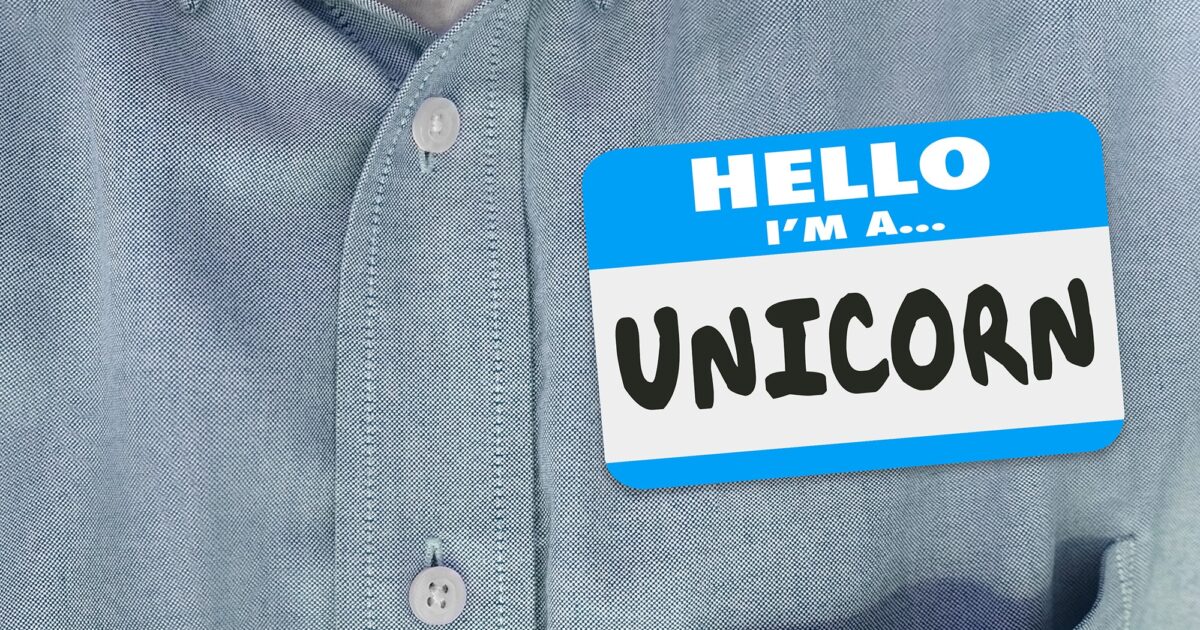
Do Unicorns Exist?
In this era of The Great Resignation, it is even more important for employers to select the right candidates for the right roles. You can look at someone’s resume and determine if they have the technical skills for a job, but that only tells a fraction of the story. What about the other aspects that make someone a truly good fit for the role and a good fit for the organization?
Organizations have typically relied on traditional style, unstructured interviews to gauge these traits, but these interviews are highly subjective and offer little consistency from one candidate to another. As a result, we know them to be rather ineffective at making strong hiring decisions. To add measurable points of comparison and a degree of objectivity, many companies have turned to personality assessments.
The use of personality assessments in the selection process is often debated, as some feel them to be tremendously helpful while others fear they will be harmful. If used improperly or incorrectly, these assessments can hurt rather than help employers and candidates. However, well-designed assessments (like our own TQ Behavioral Assessments), when used responsibly can take the guesswork out of the hiring process.
Choosing the right assessment
There are hundreds of assessments out there, but not all are created equally. Therefore, choosing the right assessment is the crucial first step to consider when using personality assessments effectively and responsibly in the selection process.
To use a personality assessment in the hiring process, it should have both reliability and validity. If someone takes the same test in similar conditions and gets the same or very similar results, the test has reliability. If the test measures what is claims to measure, then it has validity. Assessments that are both reliable and valid produce results that you can have the most confidence in.
The TQ Behavioral Assessment, for example, is based on Cattell’s 16PF®. This is a well-validated, extensively researched measure of personality that has been used widely for employment selection decisions for over 75 years. It has repeatedly been shown to be both reliable and valid. On the other hand, the Meyers-Briggs Type Indicator is also extensively researched, but the publishers acknowledge that their assessment is not recommended for use in selection and hiring.
In choosing the right assessment, avoid those that force a person into categories. When someone takes the Meyers-Briggs Type Indicator (MBTI), as an example, they are put into one of 16 “types” based on their results. While these types/categories can provide insight into someone’s personality and can be used for coaching and development in the workplace, their reliance on categories is very limiting and generalizing and should not be used in the hiring process.
In comparison, with assessments like the TQ Behavioral Assessment, where a person scores somewhere along a spectrum of 16 different traits, the results are as unique as the person who took the test. This type of assessment reveals nuances between people who might otherwise fall into identical personality categories or types on more simplistic measures.
You’ve selected the right assessment. Now what?
When using personality assessment results in the selection process, there are a few important things to keep in mind.
While unicorns may only exist in the movies or our imaginations, when used responsibly, personality assessments are a fantastic tool to take the guesswork out of your hiring process. With more rigor and discipline in your hiring process, you are also better positioned to stave off any risks associated with The Great Resignation.
